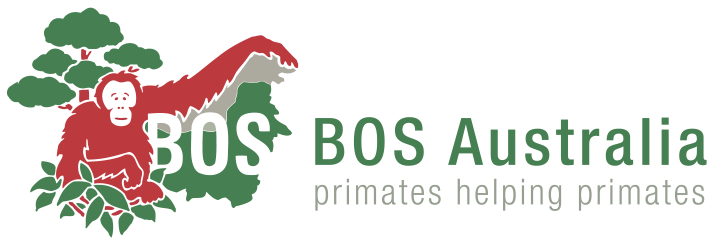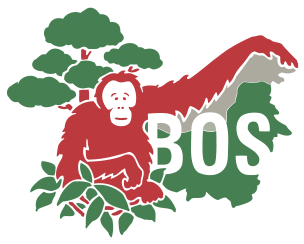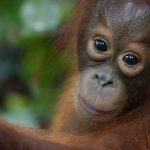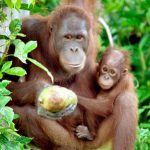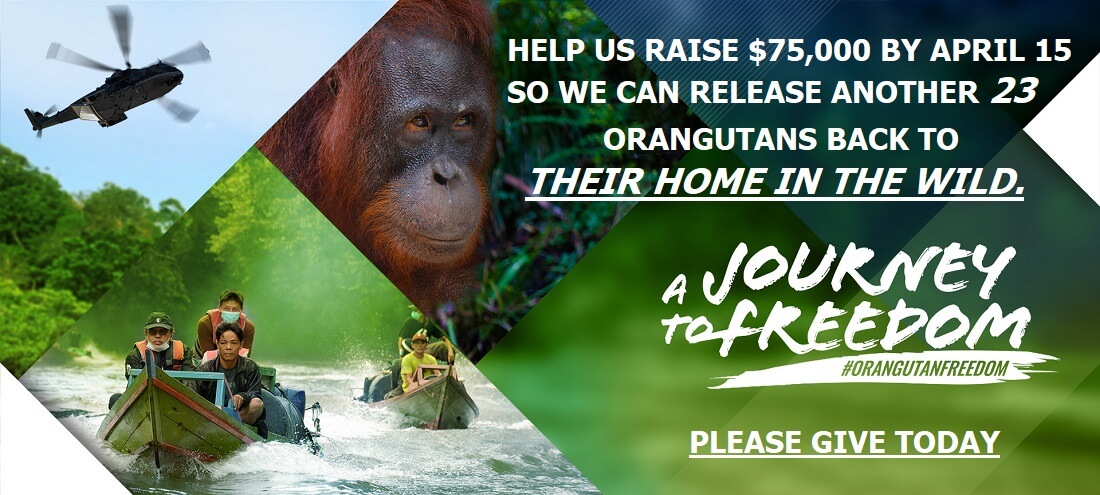Regrowing Borneo’s rainforest – tree by tree
Regrowing Borneo’s rainforest - tree by tree
2 January 2009
A comprehensive article in this month’s Scientific American by Jane Braxton Little traces Willie Smits’s project to restore the rainforest at Samboja Lestari, the “everlasting forest”.
The article outlines how Smits, founder of BOS, realised it was not enough to just rescue and rehabilitate orangutans. Their rainforest home was being destroyed at a rapid rate and a more holistic approach was required. He set about recreating new orangutan habitat one square metre at a time in partnership with 600 local Dayak families at Samboja Lestari.
It is this relationship with the local community that some see as the key to long term success. From the start, the community has been involved. The land was bought from the people and they now work in various roles at the project. Fruit and vegetables grown between the trees are sold to the centre to feed the orangutans and sugar palm grown in the outer ring deters poachers and fire.
As shareholders they also receive a small monthly dividend. The article describes the model as one of “enlightened self-interest”:
“Smits’s aim is to engage the villagers in the economic future of the forest project so they will care for it out of enlightened self-interest. Their involvement comes with a tough-love hammer. Should there be what Smits calls “outrage in the sanctum” – should orangutans be stolen or killed – he will cancel the monthly dividend for all tenant families. “This way one can be sure the guilty party will be very quickly found thanks to the great social pressure,” he says.
Not everyone is convinced the strategy will work. Some point to the long time horizons required for full restoration of a forest ecosystem. Others see a danger that if Samboja Lestari is indeed successful it may become an excuse to destroy existing rainforests.
But the results to date do provide some hope:
“The birds are already back: kingfishers, blue-throated bee eaters and 130 other species have found their way into these woods. Turtles, snakes and anteaters are showing up along with crab-eating macaques. Even the climate is changing. Smits reports increased cloud cover over the forested area has improved the rainfall by 20 percent and lowered the temperature by an average of five degrees Celsius. In the village, crime is down, and employment is up. Lovins, the renewable energy advocate, calls it confirmation of Mahatma Gandhi’s philosophy that if you look after the poorest, everything else will look after itself.”
To read the full article, click here http://www.sciam.com/article.cfm?id=regrowing-borneo
To help support the reforestation of Samboja Lestari, tax-deductible donations can be made at http://www.orangutans.com.au/Orangutan-Survival/Purchase-Rainforest-LPCHSE.aspx
